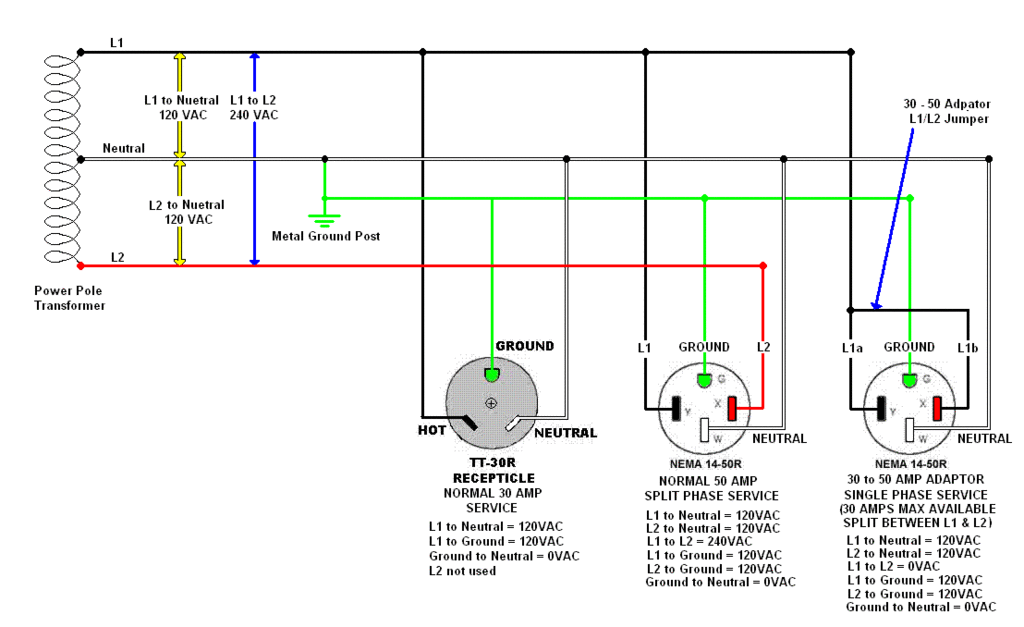Jackalope
Mar 26, 2014Explorer
True or False?
After many years of looking at RV's and wanting one, I've finally retired and we're looking for a rig. But I'm having problems and maybe you veterans can help. I've always bought used cars and I'v...
